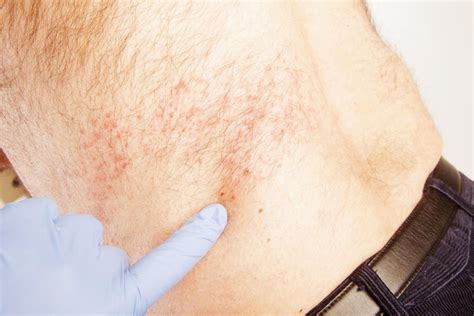

Shingles: How Long Does It Last?
Introduction
Shingles, also known as herpes zoster, is a painful viral infection that causes a rash of blisters. It is caused by the varicella-zoster virus (VZV), the same virus that causes chickenpox. After you have chickenpox, the virus lies dormant in your nerve cells. Years later, it can reactivate and cause shingles.

Shingles is most common in people over the age of 50. It is estimated that about one in three people will develop shingles in their lifetime.
How Long Does Shingles Last?
The shingles rash typically lasts for 2 to 4 weeks. In some cases, it can last for longer. The pain associated with shingles can also last for several weeks or months.
Stages of Shingles
Shingles goes through several stages:
- Prodrome: The prodrome is the early stage of shingles. It can last for several days and may include symptoms such as fever, chills, headache, and fatigue.
- Rash: The rash is the most common symptom of shingles. It typically appears as a band of blisters on one side of the body. The blisters can be painful and itchy.
- Healing: The rash will eventually crust over and heal. The healing process can take several weeks.
Complications of Shingles
In some cases, shingles can lead to complications, such as:
- Postherpetic neuralgia: Postherpetic neuralgia (PHN) is a chronic pain condition that can develop after shingles. It can cause severe pain that lasts for months or years.
- Bacterial skin infections: The rash can become infected with bacteria, which can lead to cellulitis or abscesses.
- Eye problems: Shingles can affect the eyes, leading to problems such as conjunctivitis, keratitis, and uveitis.
- Neurological problems: Shingles can affect the nervous system, leading to problems such as meningitis, encephalitis, and Guillain-Barré syndrome.
Treatment for Shingles
There is no cure for shingles, but there are treatments that can help to relieve symptoms and prevent complications. Treatment options include:
- Antiviral medications: Antiviral medications can help to reduce the severity and duration of the rash. They are most effective when started within the first 72 hours of the rash appearing.
- Pain relievers: Pain relievers can help to relieve the pain associated with shingles.
- Antidepressants: Antidepressants can help to relieve the pain of PHN.
- Steroids: Steroids can help to reduce inflammation and pain.
Prevention of Shingles
There are two vaccines available to prevent shingles:
- Zostavax: Zostavax is a live vaccine that is given in a single dose. It is recommended for people over the age of 60.
- Shingrix: Shingrix is a recombinant vaccine that is given in two doses. It is recommended for people over the age of 50.
Both vaccines are effective in preventing shingles. However, they are not 100% effective.
Conclusion
Shingles is a painful viral infection that can cause a rash of blisters. It typically lasts for 2 to 4 weeks, but can sometimes last longer. There are treatments available to help relieve symptoms and prevent complications. There are also two vaccines available to prevent shingles.










